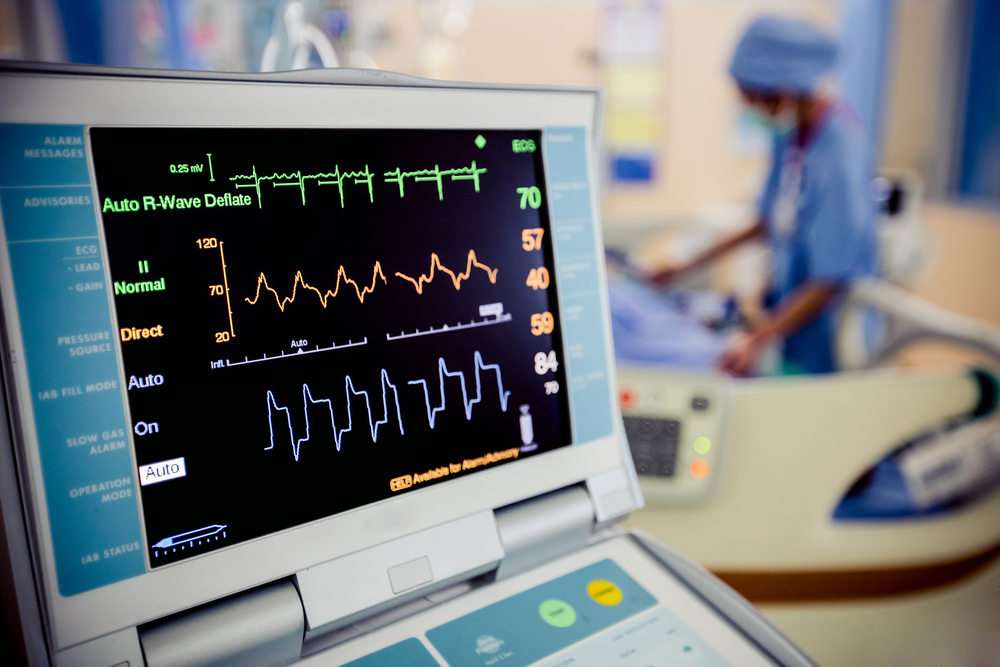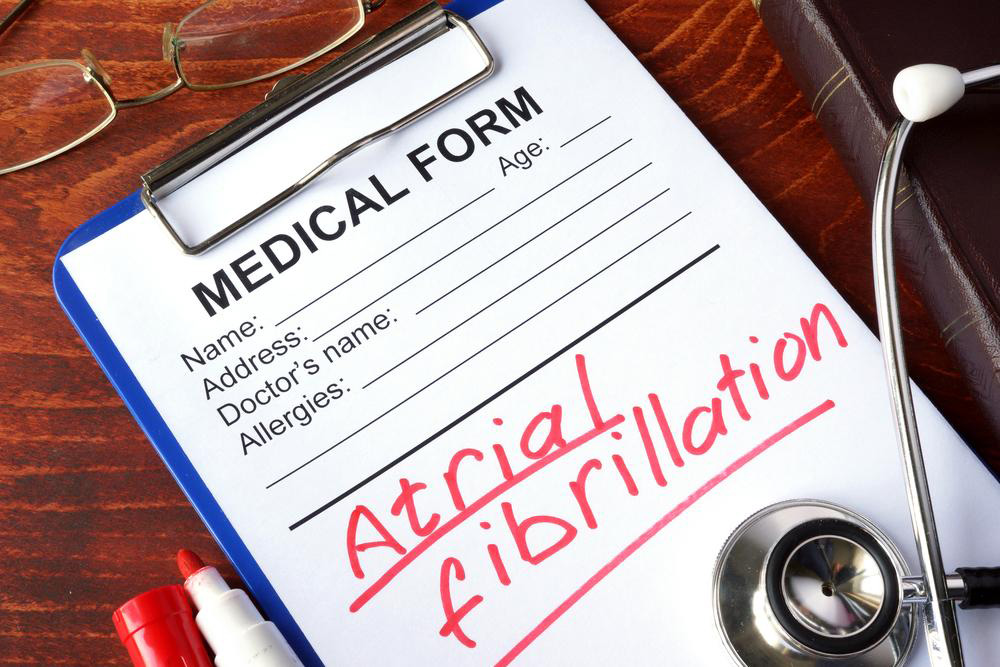Understanding the Normal Heartbeat Range and Its Importance
Learn about normal heart rate ranges, how to monitor your heartbeat, and strategies to maintain a healthy cardiac rhythm. This guide emphasizes the importance of regular check-ups and lifestyle choices in preventing heart disease. Understand age-specific norms and recognize signs of irregular heartbeats for early intervention, promoting better heart health and overall well-being.

Understanding the Normal Heartbeat Range and Its Importance
Understanding the Normal Heartbeat Range and Its Significance
The heart, a vital organ in the human body, plays a crucial role in circulating oxygen-rich blood. Any irregularities in its rhythm or functioning can lead to serious health issues, even death. Regular monitoring helps detect early warning signs of possible disease. Heart rate, a key indicator of heart health, provides valuable insights into cardiac function. By understanding normal heart rate ranges, individuals can identify potential problems early. Heart rate varies during physical activity, stress, or emotional shifts, making awareness essential.
Monitoring your heart rate regularly is vital to prevent overexertion. Heart disease causes nearly one-quarter of deaths in the U.S., emphasizing the importance of routine health checks. Knowing what constitutes a normal heart rate helps in early detection of anomalies. The heart, located centrally in the chest, pumps oxygenated blood across the body, and its pace—measured as beats per minute—reflects overall cardiovascular health.
A healthy heart maintains an appropriate rate based on activity levels. Variations from normal ranges can indicate underlying health issues. Typically, as people age, resting heart rates decrease. Understanding age-specific normal ranges is essential:
Up to 1 month: 70-90 bpm
1-11 months: 80-160 bpm
1-2 years: 80-130 bpm
3-4 years: 80-120 bpm
5-6 years: 75-115 bpm
7-9 years: 70-110 bpm
Over 10 years: 60-100 bpm
These numbers reflect resting rates and can fluctuate with physical activity, illness, or fever.To measure your heart rate, common sites include the wrists, neck, inside elbows, and top of the foot. Counting beats over 60 seconds yields an accurate rate; alternatively, counting for 20 seconds and multiplying by three works well. Recognizing an irregular heartbeat is vital; normal heart rhythm is steady with consistent gaps. Irregularities like atrial fibrillation or arrhythmia, bradycardia (slow rhythm), and tachycardia (fast rhythm) require medical attention.
Maintaining a stable heart rate involves lifestyle choices such as managing stress through yoga or meditation, avoiding tobacco, controlling body weight, and exercising wisely. Always consult a healthcare professional before starting or changing treatment plans, as self-diagnosis can be dangerous.










